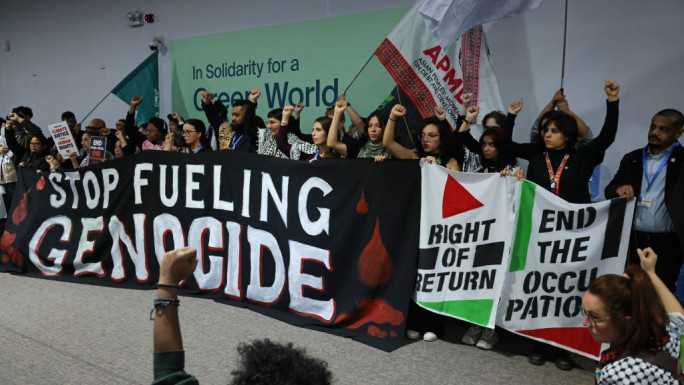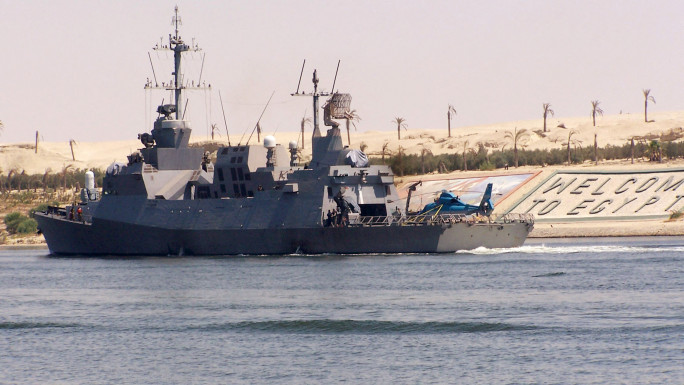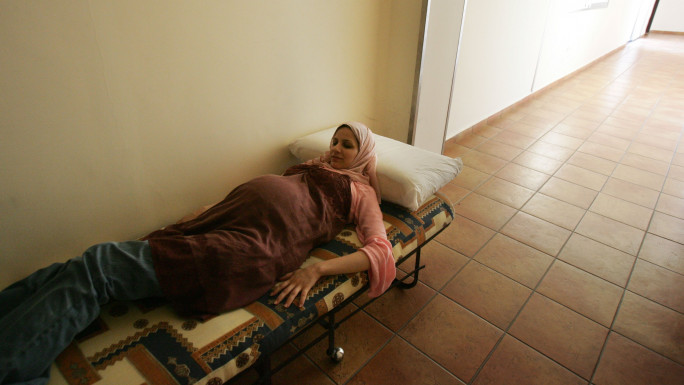
Building the Southern Silk Road
On September 22, a seemingly nondescript meeting was held in Tehran, Iran:
The Road Maintenance and Transportation Organisation (RMTO) held its first expert meeting for the Iran-India-Afghanistan Agreement on Transit and International Transportation Cooperation.
Bureaucratic acronyms and legalistic language abounds.
None of this seems - on the surface - to be greatly important. But this agreement is, as Mohammad Javad Atrchian of the RMTO said, "historic". It has restarted a regional economic and political process that had been partly frozen by the P5+1 sanctions.
Eagerness to get these projects back on track was evident as early as January - before even the nuclear deal was sealed - when Indian and Iranian officials said they had opened conversations about the development of roads and ports.
In public, India's Ambassador to Iran, DP Srivastava, met with Iran's Minister of Urban Development, Abbas Akhoundi, to pledge $147 million for the construction of a container terminal at the Chabahar Port.
In private, officials said this was the tip of the iceberg. Much more has been on the table, which will soon make its public appearance.
Chabahar Port
India's interest in Iran's Chabahar Port goes back decades.
Tensions with Pakistan made a transit corridor from India to Central Asia and out to Russia through the Khyber Pass less viable. Each time India and Pakistan have tried to create confidence-building economic measures, political tensions get in their way.
To avoid the Khyber Pass, India began to work with Iran for construction at the Chabahar Port and the roads and railways that would connect it to Kabul and to points north.
The transit corridor from Chabahar to Milak, on the Iran-Afghanistan border, is now complete. It was built by Iran.
India has put in more than $100 million to extend the route from Zaranj on the Iran side of the border to the western Afghan town of Delaram. At Delaram, the road meets the old Kandahar-Herat highway that goes outward to Turkmenistan.
A rail link that connects Chabahar to the Uzbekistan border at Termez is being built in phases. It would speed the transit of goods from the port to the large markets of Central Asia and Russia.
International North-South Corridor
The Chabahar-Central Asia route is part of an ambitious plan named the International North-South Transport Corridor (NSTC).
| Rather than rely upon Western markets, the idea was to build complementary economic links within Asia |
This plan was put into motion in 2002 when India, Iran and Russia agreed to builds parts of a massive project that would integrate Asian states for economic development. Rather than rely upon Western markets, the idea was to build complementary economic links within Asia.
Some eastern European states and most of the Central Asian countries joined the NSTC project, the basic principle being to use Iranian ports to link rail and road connections to Russia via Central Asia, and to Europe via Armenia and Azerbaijan.
The general theory behind the NSTC is that this integration will increase inter-Asian trade and cut transport costs by a considerable amount (some expect savings of as much as a third).
Transportation networks inherited by Asian states had largely linked their ports to European industrial centres. Most Asian states had - in colonial times - exported raw materials to Europe, where they were turned into finished goods and then sold back to the colonies.
Even during the initial decades of the post-colonial period, the infrastructure of colonialism trapped states into exporting their raw materials to their former colonial masters. Lack of industry and lack of inter-Asian transport and infrastructure networks prevented the emergence of a new system.
Calls for South-South trade and development over the course of the past several decades remained only at the rhetorical level. It is easy to speak of increasing trade between India and Armenia, for instance, but hard to do so without shipment via Europe.
Only recently have the Asian states begun to divert their surpluses toward the creation of this new transportation system. The spur came from China - which, of course, has the largest surplus.
Chinese ambitions to link its industrial hubs to the massive raw material reservoirs and markets of Africa and Asia has resulted in the creation of a new transportation system, with new ports being built and projected in Gwadar (Pakistan), Hambantota (Sri Lanka) and Maday Island (Myanmar).
At Maday Island, a Chinese sign reads: "Our aspirations are as high as ocean waves." China's port system has begun to encircle India, whose investment in Chabahar could be seen as part of its competition with China. Whatever the reasons for this port construction boom, the new, immense transportation networks will have significant bearing on the political economy of Asia.
China and Iran
It is a diversion to see India's links with Iran merely as a part of India's competition with China. Over the past few years, Chinese investments in the southern Iranian oil and gas fields have increased.
China is also eager to use Iran's new ports, including at Chabahar, for its trade - particularly as there remain security concerns with transit through Pakistan. A link between the Iranian port of Chabahar and the Pakistani port of Gwadar shows that there is as much cooperation on the ground as there is animosity in the political rhetoric.
| This was financed during the peak of the sanctions regime - during which China became Iran's largest trading partner |
China and Iran have been key players in the UN-brokered Trans-Asian Railway, the so-called Iron Silk Road, which will run from China through Iran to Turkey.
Large sections of this rail project have been completed. China also financed the high-speed train that runs from Tehran to Mashad, and the metro rail that runs from Imam Khomeini Airport to downtown Tehran.
This was financed during the peak of the sanctions regime - during which China became Iran's largest trading partner. India is the second largest customer for Iran's oil, after China. Both India and China have parallel interests in Iran.
The Southern Silk Road is an important development in the creation of regionalism, linking South Asia with Central Asia, West Asia with China. No longer will these regions need to go through Western-dominated routes to conduct their trade.
The US-Europe hub and spokes approach to world affairs is being rendered anachronistic by these developments.
As a result of the growth of regionalism, US primacy and its unipolar approach is being set aside. The deepening links with Iran and the nuclear deal are a testament to the lack of US domination in the region, and of its political failure to isolate Iran.
The challenge for the Southern Silk Road will be in the character of its developments: whether these actually benefit the people or become sore spots that fuel insurgency and unrest.
To turn the route into just another boondoggle for corporations would be more than a pity. It would be a waste of an historic opportunity.
Vijay Prashad is a columnist at Frontline and a senior research fellow at AUB's Issam Fares Institute of Public Policy and International Affairs. His latest book is The Poorer Nations: A Possible History of the Global South (Verso, 2014 paperback).
Opinions expressed in this article remain those of the author and do not necessarily represent those of al-Araby al-Jadeed, its editorial board or staff.






 Follow the Middle East's top stories in English at The New Arab on Google News
Follow the Middle East's top stories in English at The New Arab on Google News


